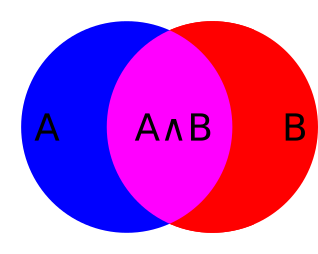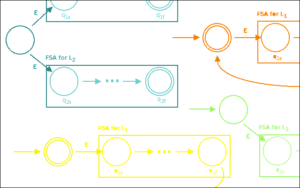
As a computer programmer for more than a quarter of century, I don’t think I have ever thought much about strings. I knew the basics. In every language I’d worked with, strings were a data type unto themselves. Superficially they are a sequence of characters, but behind the scenes, computers store and manipulate them as arrays of one or more binary bytes. In programs, they can be stored in variables or constants, and often show up in source code as literals, ie., fixed, quoted values like “salary” or “bumfuzzle.” (That is my new favorite word, btw.) Outside of occasionally navigating the subtleties of encoding and decoding them, I never gave strings a second thought.
Even when I first dipped my toe into the waters of natural language processing, aka NLP (not to be confused with the quasi-scientific neuro linguistic programming which unfortunately shares the same acronym), I still really only worked with strings as whole entities, words or affixes, As I made my through familiarizing myself with existing NLP tools, I didn’t have to dive any deeper than that. It was only when I started programming my own tools from the ground up, did I learn about the very formal mathematics behind strings and their relationship to sets and set theory. This post will be an attempt to explain what I learned.
Continue reading




 I will be upfront about this. I am not a gamer: PC, console, mobile or otherwise. But, as I’ve mentioned in a previous post, like every pre-teen and as it turns out, many adults, I was bitten by the Fortnite bug earlier this year. With not an X-Box nor Playstation to my name and no sign of a mobile version on the horizon at the time, I was limited in the platforms I could choose from to play it on. So I fired up my recently retired MacBook Pro, slapped a fresh coat of Windows 10 on it, and hit
I will be upfront about this. I am not a gamer: PC, console, mobile or otherwise. But, as I’ve mentioned in a previous post, like every pre-teen and as it turns out, many adults, I was bitten by the Fortnite bug earlier this year. With not an X-Box nor Playstation to my name and no sign of a mobile version on the horizon at the time, I was limited in the platforms I could choose from to play it on. So I fired up my recently retired MacBook Pro, slapped a fresh coat of Windows 10 on it, and hit 




